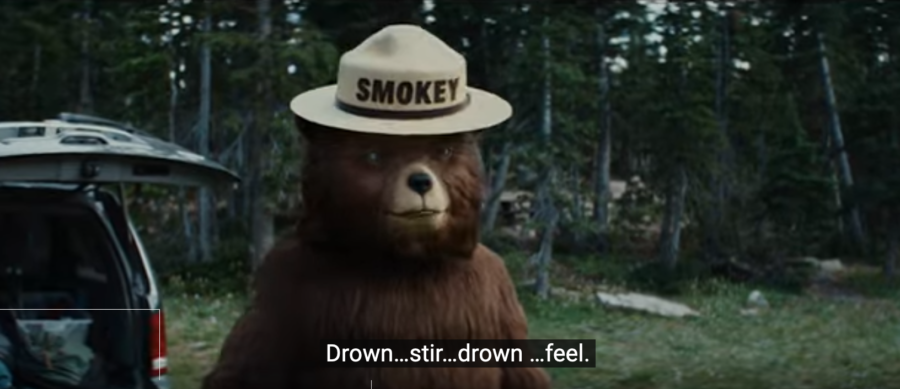A $15,000 reward is being offered for any information on whoever started numerous wildfires still burning around Louisiana. Officials hope the reward, offered by the Louisiana Forestry Association, will help bring those who started the Hwy 113 Fire, the Lions Camp Road Fire, and the state’s largest wildfire on record, the Tiger Island Fire, to justice.
But how do officials even determine whether wildfires were intentionally or accidentally started? It’s not what TV would have you believe.
The biggest offender of incorrect investigation portrayals, CSI: Crime Scene Investigation (and its numerous offshoots), has long frustrated detectives, forensic scientists, and other law enforcement personnel, but the frustration doesn’t stop at police shows. CAL FIRE, the agency portrayed on the popular show Fire Country, voiced its frustrations with the show’s inaccuracies from the moment the trailer dropped.
Fire Country largely skirts the actual evidence that helps investigators determine the cause of fires. Because of that, fire investigators are often reduced to an antagonizer role in the show. The reality of fire investigation is much more important and in-depth than Fire Country makes it out to be, especially at a time when arsonists are setting some of the world’s most devastating wildland fires.

Greece’s Civil Protection Minister Vassilis Kikilias announced that there have been 79 arrests of “arsonist scum” in connection to the hundreds of wildfires burning around the nation. A man in Canada is facing charges in connection to numerous forest fires that forced evacuations. Albania officials arrested two men caught on camera starting the area’s worst wildfire of the season. And the arsonist who lit the fatal Esperanza Fire in southern California in 2006 was sent to Death Row at San Quentin after a jury in 2009 found him guilty on 42 of 45 counts including 5 counts of first-degree murder, 20 counts of arson and 17 counts of using an incendiary device to start fires.
But how does a fire scene turn into a crime scene? It all rests on investigators to determine the origin and the cause of the fire, according to an NWCG handbook.
“Accurate wildland fire origin and cause determination is an essential first step in a successful fire investigation,” the handbook reads. “Proper investigative procedures that occur during initial attack can more accurately pinpoint fire causes and preserve valuable evidence that might be destroyed by suppression activities. If a fire is human-caused, the protective measures described in the guide can preserve evidence that may lead to effective and fair administrative, civil, or criminal actions.”
Separating some of the wildland fire arson myths perpetuated in media like Fire Country is also a focus of the handbook. While fictional arsonists are depicted as highly sophisticated and using elaborate electronic devices to set numerous large fires in rapid succession, real-life arsonists are usually unskilled offenders who use matches or other simple devices to set small fires that may escalate in frequency and severity.
(Two classic wildfire arsonist stories — and investigations — are detailed in books by John Maclean: The Esperanza Fire and River of Fire.)
Patterns often accompany arson fires, usually involving multiple fires geographically near to each other within a close timeframe. Most wildland arson fires are set at a location that can be accessed by motor vehicle and are not in rugged terrain. Arson can also be indicated by a lack of evidence, like when numerous fires with undetermined causes exceed normal fire history.
Despite the in-depth guide provided by NWCG, humans often can’t determine the cause of a fire on their own. Fortunately, arson dogs can often pick up where humans are lacking; State Farm actually has had an arson dog training program for about 30 years, and many states keep a trained accelerant-detection arson dog on staff.
Investigators of the Tiger Island Fire used one of the state’s five arson dogs to help determine the wildfire’s cause. The dogs are trained to detect 15 different types of ignitable liquids and identify whether they were used at the origin of fires.
You can learn more about arson dogs, specifically Pablo from the Louisiana Office of State Fire Marshal, [HERE].








